You are here
Please respect the outdoors by practicing Leave No Trace. Learn more about how to apply the principles of Leave No Trace on your next outdoor adventure here.
Central Wasatch Mountains, Utah
Central Wasatch Mountains, Utah
Central Wasatch Mountains, Utah
Central Wasatch Mountains, Utah
Central Wasatch Mountains, Utah
Central Wasatch Mountains, Utah
Deer Creek Reservoir
Mount Timpanogos Wilderness

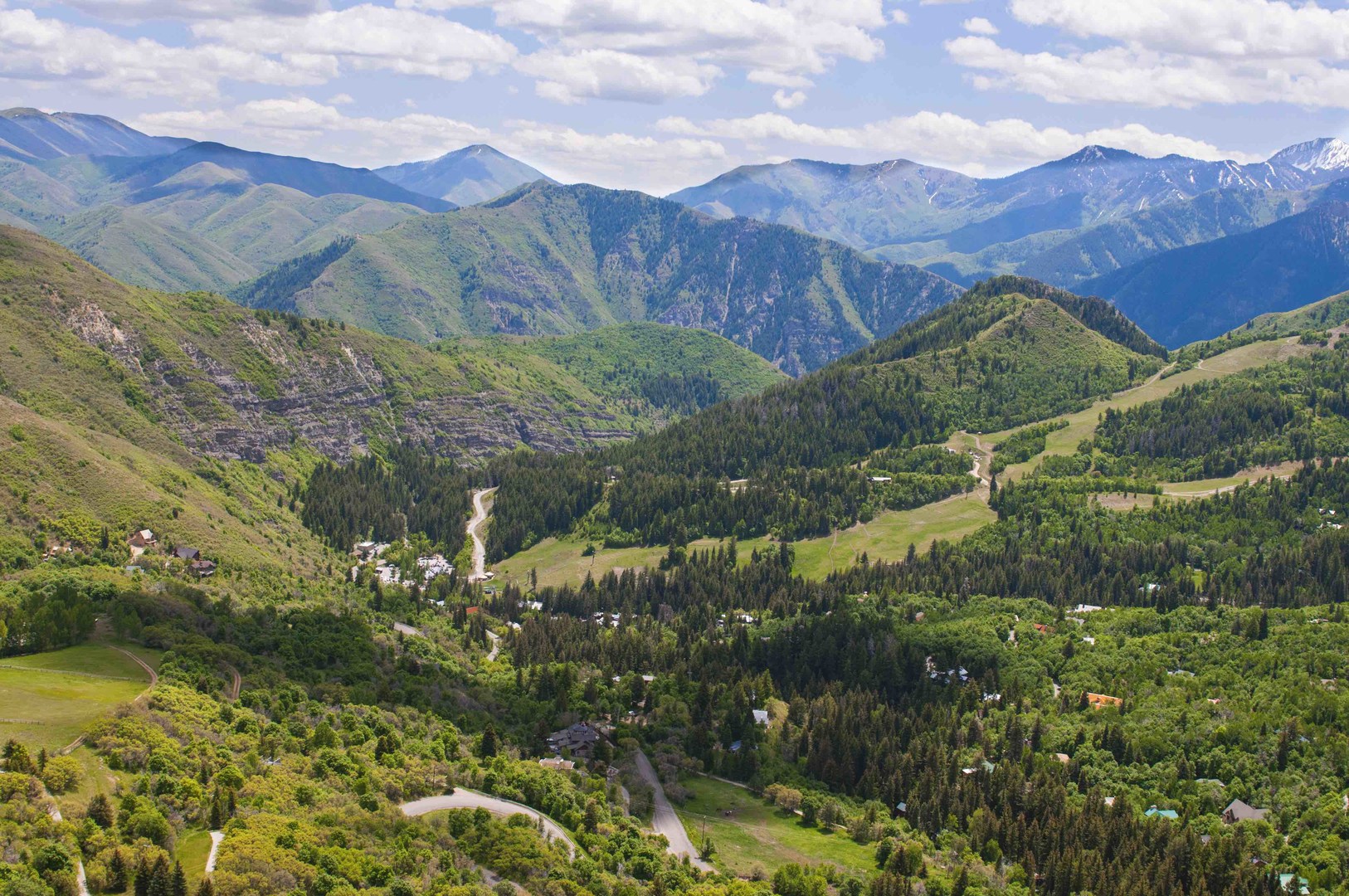
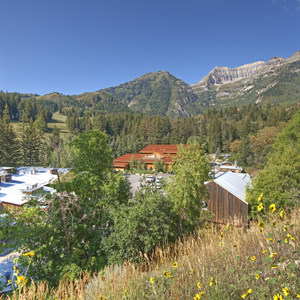
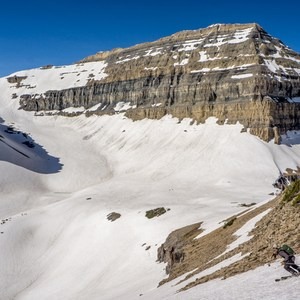
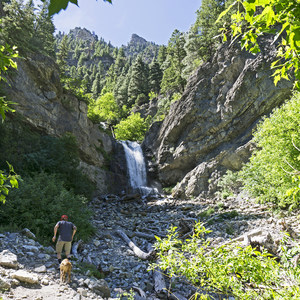
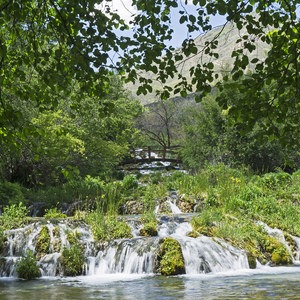
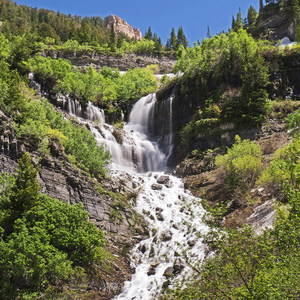
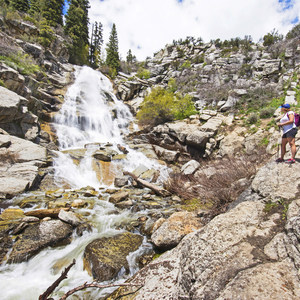
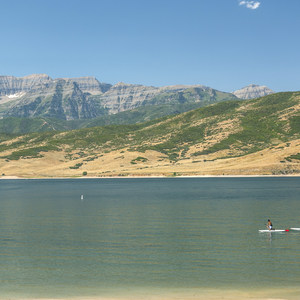
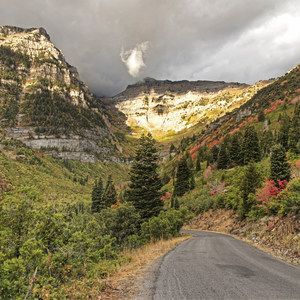


Comments
Sign In and share them.